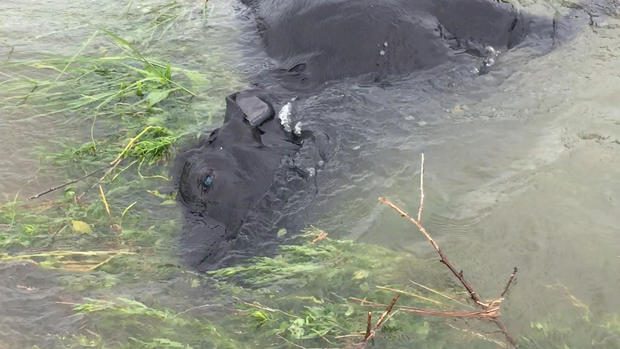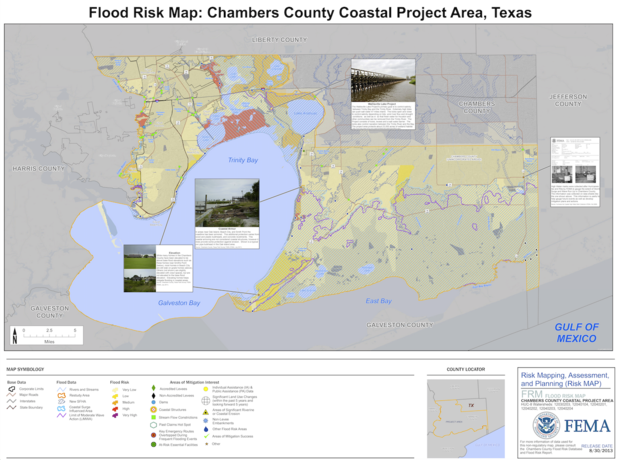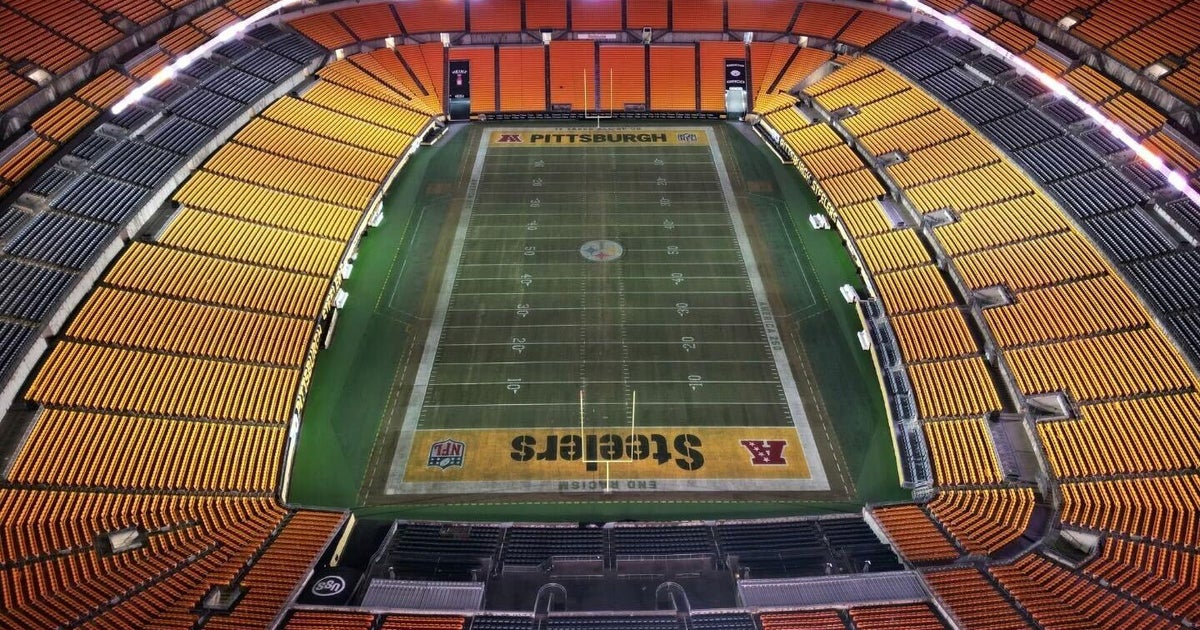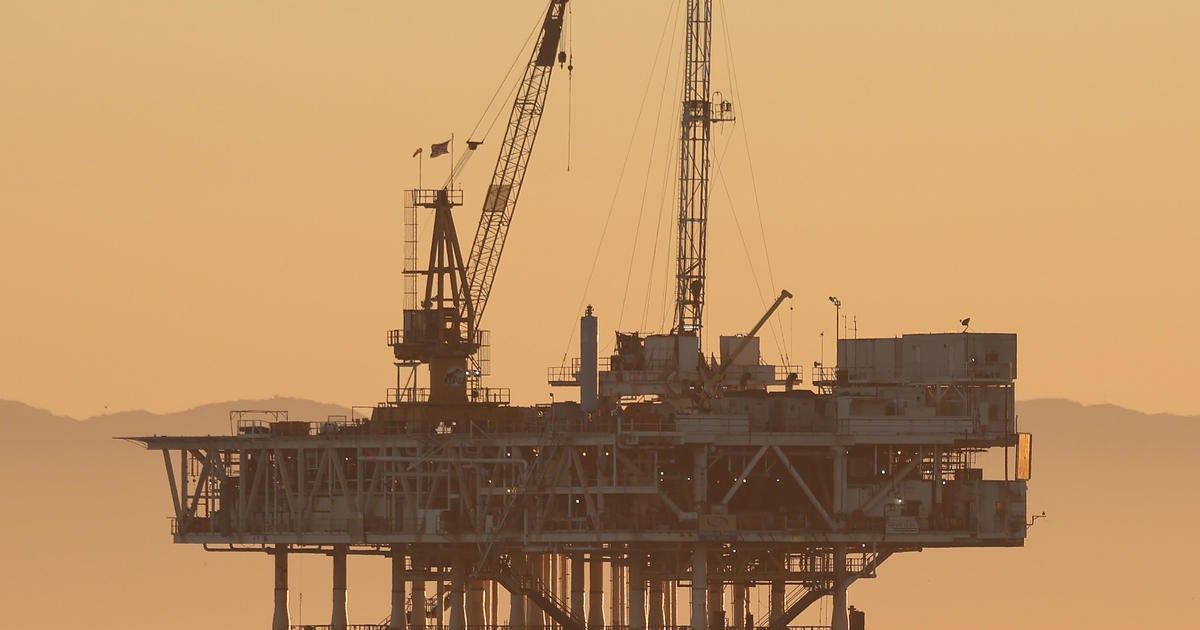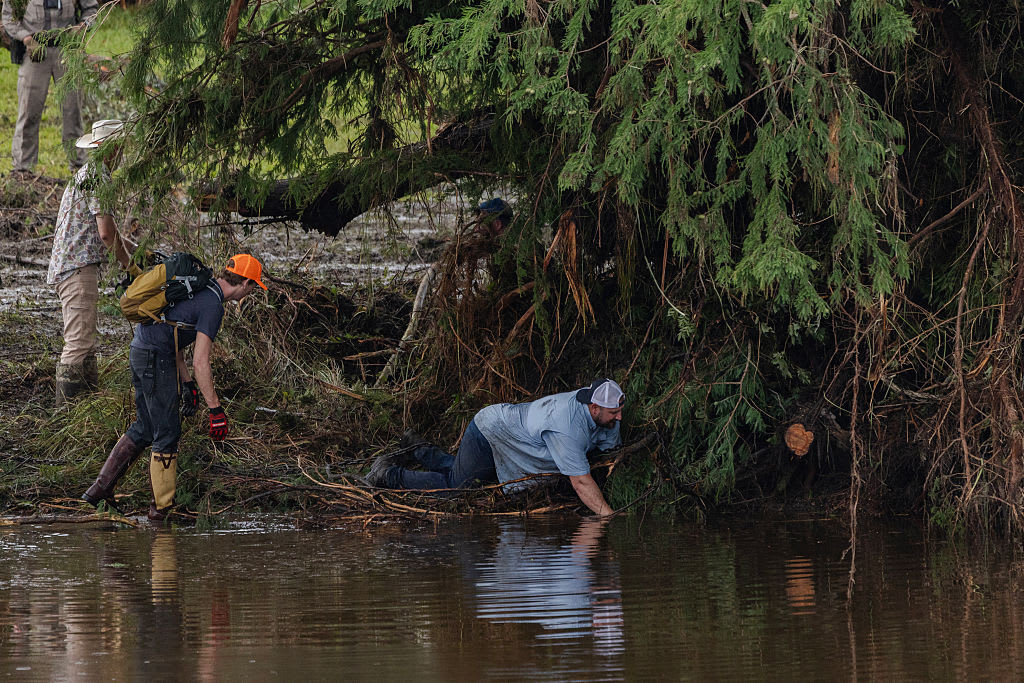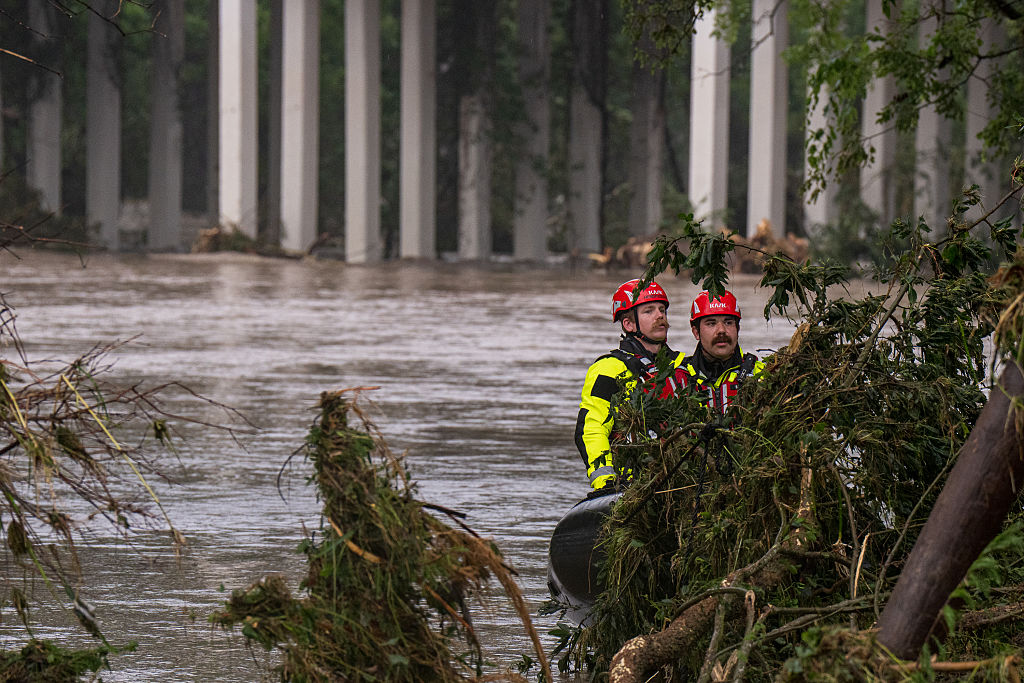Winnie, Texas, and the Hurricane Harvey victims the news doesn't show
As monster storms Harvey and Irma devastated parts of the American South, there are stories that were told and those that remain untold. As with every natural disaster, the scope of the national media often focuses on the major cities hit hardest -- New Orleans, Houston, Miami -- but what of the small towns in between? In the CBSN Originals documentary, "Thicker Than Water," we share the story of one of those small towns too often forgotten in the wake of hurricanes like Harvey -- a small farming community of 3,200 people, known as Winnie, Texas.
Truth be told, we didn't intend to be there either. Harvey had begun dumping historic amounts of rain and causing catastrophic flooding in Houston, the hub of the nation's oil and gas industries. So we flew into New Orleans with the intention of driving west to Houston to cover it. Just past Beaumont, Texas, however, Mother Nature intervened and left us stranded in Winnie, essentially shifting our attention to the tragedies experienced by people who normally fall outside the purview of national attention.
As the fields of crops around us transformed into raging oceans, dead cows and deer quite literally bobbed like buoys in the murky water. And we quickly realized that those "buoys" were more than just horrifying images of nature's fury. They represented the literal death of this farming community's livelihood.
Local rancher Steve Devillier owned 250 cows before Harvey. And as he drove us around Winnie on August 30th with his cousin, Yale, he was unsure of how many of those cows, if any, had made it to higher ground.
"There are rules and regulations," he explained. Ranchers can't simply open their gates and let the cows escape over the roads and highways. Your only hope is to herd them toward the highest ground on your land. And in the rush to escape with all of your family's human lives intact, there's often no time to do that.
So what does that mean exactly? Well, if every cow is worth about $800, then a loss of 250 cows means a loss of $200,000 right off the bat. But that doesn't even take into account the future income that could have been made off of those cows' calves.
"This is a cow, calf operation," Winnie resident Dustin Huff explains. "You have your cows for the calves. Then, you sell the calves and that's what you eat. You know, that's the steaks and stuff."
In fact, even if cows survive the actual flood, their value is significantly depleted because they'll get sick more easily afterward. What's more, ranchers will likely have to abort any calves on the way because of the stress on the cows carrying them.
"With something like this, the stress on those mama cows," continues Huff, "it's not good for nobody."
And all of that monetary loss is entirely separate from the property damage to the ranchers' homes, a double blow that makes it even harder to recover.
If your home in an average American city or suburb were to ever catch fire, for example, it would be a terrible personal and financial loss, but you would go to back work the following Monday in the hope of making the money needed to rebuild it. The farming community in Winnie, however, isn't so lucky. Harvey essentially robbed them of their homes and their livelihood in one fell swoop.
To make matters worse, Winnie is considered outside the floodplain, so almost none of the residents had flood insurance. Why would they, when their houses overlook the Interstate and I-10 was specifically designed never to flood?
On FEMA's map of the floodplain in Chambers County, Texas, seen below, Winnie is located roughly above the words "Chambers County," in the upper right. The lowest level of flood risk is designated by pale yellow on the map. Winnie is in the gray area because its risk for flooding was considered almost nil.
Their grandfathers and their great-grandfathers never experienced anything close to this level of flooding in over a hundred years.
And now, as the residents of Winnie take stock of the homes, crops and livestock lost, they're hoping that their experience with hurricane relief after 2008's comparatively less damaging hurricane, Ike, doesn't repeat itself.
When asked if he's seen any coverage of Winnie or its neighboring towns on the news, Huff scoffed, "No! And that's what we keep looking for. It's just like during Hurricane Ike. You know, when Katrina hit, everybody went to New Orleans and was worried about New Orleans... [During Ike], it was just as bad here, but you didn't have nobody on the news. You know, you had cows in the tops of trees because they floated off."
According to Brad Vratis, the co-owner of Winnie's Cajun seafood gem, Al-T's, it took Winnie all of eight years to return to some level of normalcy after Ike, and the destruction left by Hurricane Harvey is far worse.
As of today, FEMA has received 5,140 requests for assistance from Chambers County, and approved $9.167 million in aid. If divided equally among them, that's only $1,783 per application.


